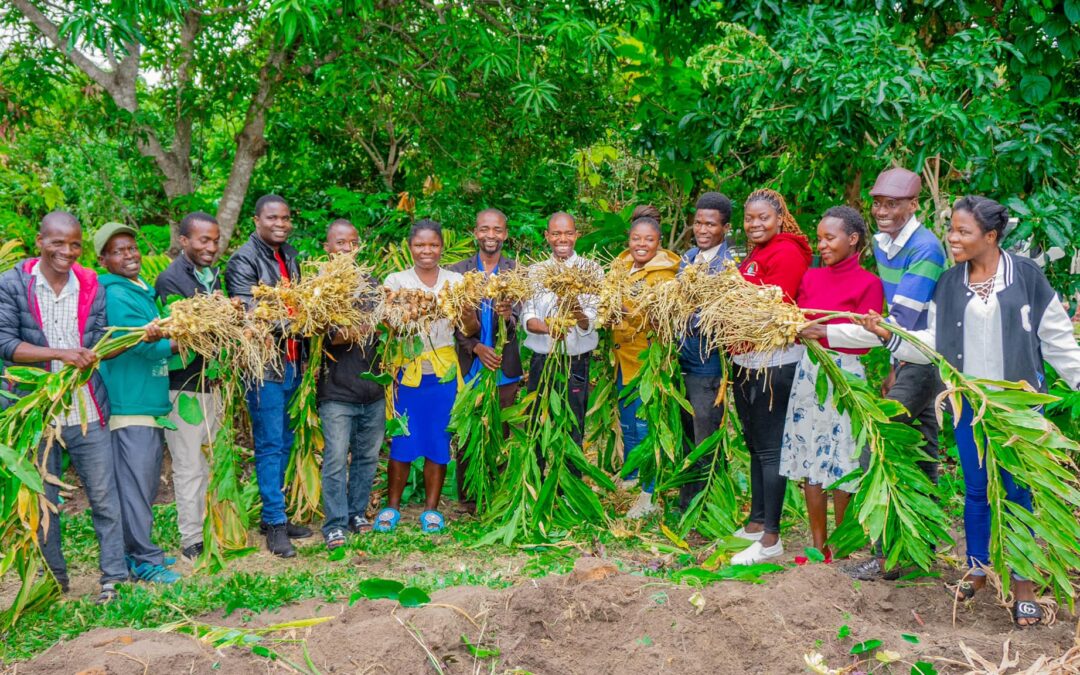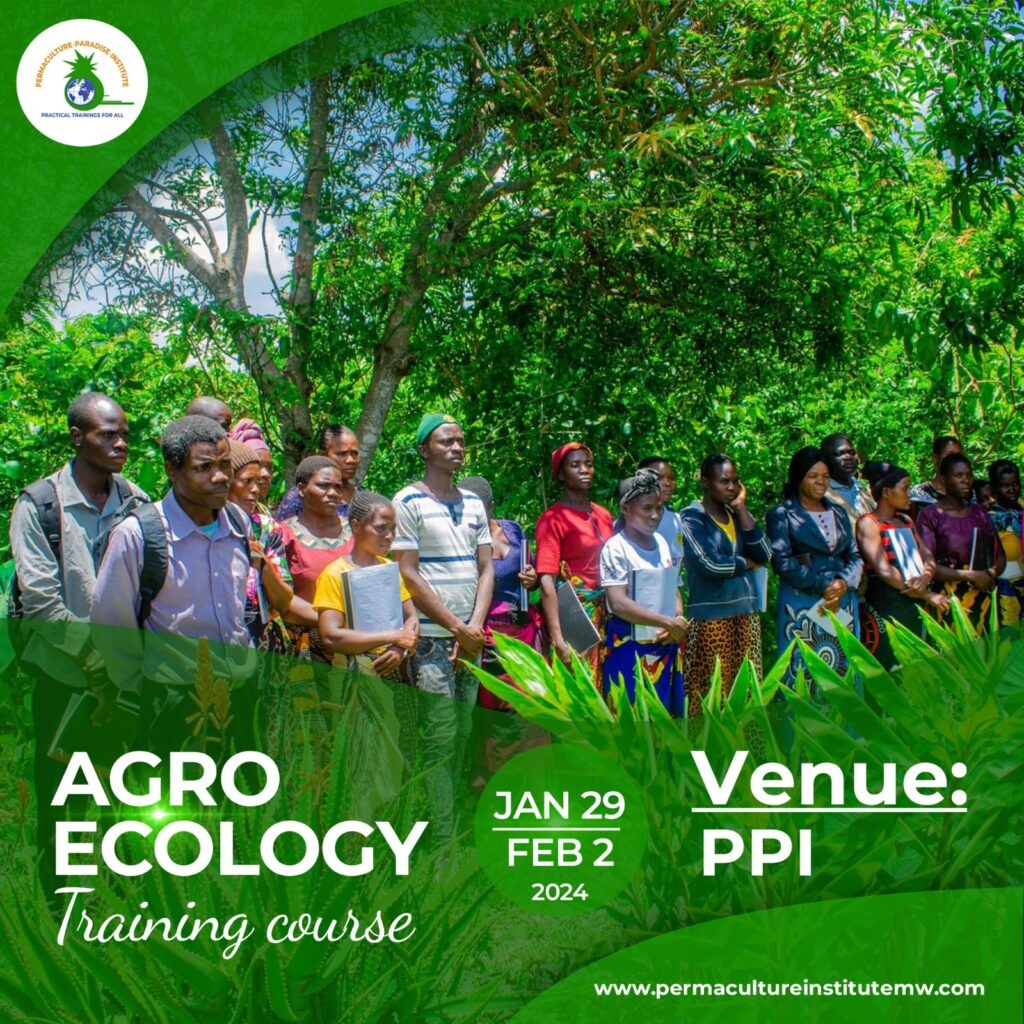On day seven of the international 72-hour Permaculture Design Course at the Permaculture Paradise Institute, the 11 participants gathered with a sense of anticipation and focus. The day’s training would delve into the vital practice of seed saving and multiplication—a cornerstone of sustainable agriculture and permaculture. With the course now past its midpoint, the participants were eager to deepen their understanding and hone their skills in preserving and propagating the very essence of plant life.
The morning session began with an introduction to the principles and importance of seed saving. The instructors highlighted how preserving seeds from season to season not only ensures a continuous supply of plants but also helps maintain and enhance biodiversity. They discussed the cultural and ecological significance of seeds, emphasizing how saving and sharing seeds can empower communities and support food sovereignty.
Participants learned about different types of seeds—open-pollinated, hybrid, and heirloom—and how each type plays a role in sustainable agriculture. The instructors demonstrated techniques for harvesting, cleaning, and storing seeds to ensure their viability and longevity. They also discussed the importance of selecting seeds from the healthiest and most resilient plants, a practice that can enhance the quality and adaptability of future generations.
Armed with this knowledge, the participants headed out to the institute’s gardens for a hands-on seed-saving exercise. Each participant was given the task of collecting seeds from a variety of plants, including vegetables, herbs, and flowers. They carefully harvested seeds, paying close attention to the maturity and condition of each one. This meticulous process underscored the importance of patience and observation in successful seed saving.

As the sun climbed higher, the gardens buzzed with activity. The participants meticulously gathered seeds from pods, flowers, and fruits, learning to recognize the signs of readiness in each type of plant. They then moved to the seed-cleaning station, where they separated seeds from chaff and debris, preparing them for storage. This hands-on experience gave them a deep appreciation for the care and attention required to preserve the genetic potential of plants.

During lunch, the participants shared their successes and challenges from the morning’s activities. Their conversations revolved around the diverse plants they had worked with and the techniques they had employed. There was a growing sense of camaraderie and a shared commitment to applying these seed-saving practices in their own gardens and communities.
The afternoon session focused on the next step: seed multiplication. The instructors explained how to plan and implement strategies for growing and expanding seed stocks over time. Participants learned about selecting planting locations, managing plant populations to maintain genetic diversity, and ensuring proper pollination. They also discussed how to create and maintain seed banks, which are essential for preserving rare and heirloom varieties.
Back in the field, the participants engaged in practical exercises on seed multiplication. They planted seeds collected earlier in the day, spacing them carefully and considering factors like soil quality, water needs, and sunlight. This exercise not only reinforced their understanding of planting techniques but also highlighted the ongoing cycle of growth, harvest, and renewal that is central to permaculture.
As the day drew to a close, the participants gathered for their reflection session. They shared their experiences and insights from the day’s activities, discussing the vital role of seeds in creating resilient and sustainable food systems. There was a shared sense of accomplishment and a deepened connection to the natural world.
Day seven at the Permaculture Paradise Institute had been a profound exploration of the life-giving power of seeds. Through the practical exercises in seed saving and multiplication, the participants had gained invaluable skills that would enable them to sustain and enhance their gardens and communities.

As they prepared to leave the institute for the evening, there was a sense of continuity and purpose. The seeds they had harvested and planted today were more than just the promise of future harvests—they were symbols of the knowledge and practices they were cultivating and sharing. With five more days of learning and growth ahead, the participants were inspired and ready to continue their journey, nurturing the seeds of change within and around them.



